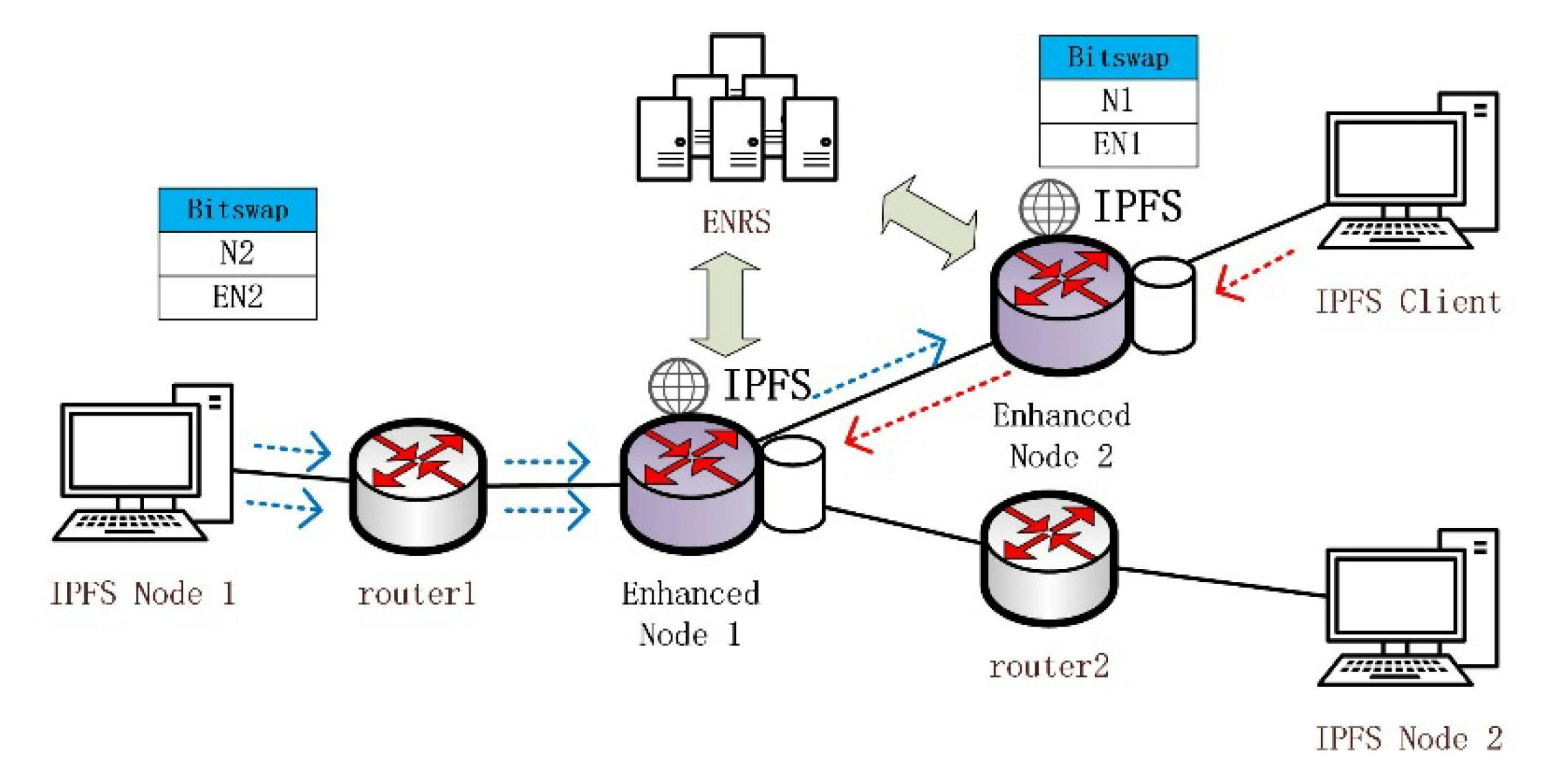IPFS for Beginners
A Complete Guide to the World of Decentralized Storage
Introduction
In the digital age, data storage and accessibility are crucial aspects of our interconnected world. Traditional centralized storage systems have limitations such as single points of failure, high costs, and vulnerability to censorship. However, a groundbreaking technology called the InterPlanetary File System (IPFS) has emerged, providing a decentralized solution to these challenges. This blog post aims to offer a comprehensive guide to IPFS, exploring its benefits, functionality, and practical applications in the real world.
What is IPFS?

The InterPlanetary File System (IPFS) is a peer-to-peer protocol designed for decentralized storage and sharing of files on the internet. Unlike traditional server-client models, IPFS does not rely on a central server to store and distribute files. Instead, it utilizes a distributed network of nodes, with each node hosting a portion of the shared content. IPFS employs a unique content-addressing system that identifies and locates files, ensuring efficient retrieval and data integrity.
How Does IPFS Work?

At the core of IPFS lies content addressing, which replaces location-based addressing (such as URLs) with cryptographic hashes. Every file in IPFS is assigned a unique hash based on its content, making it immutable and verifiable. When a file is added to IPFS, it gets divided into smaller chunks, and each chunk receives its own hash. This chunking mechanism allows for efficient distribution and retrieval of files across the network.
Benefits of IPFS
Decentralization: IPFS eliminates the need for a central authority by distributing data across multiple nodes. This approach enhances resilience, as there is no single point of failure.
Content Addressing: Through the use of cryptographic hashes, IPFS ensures that files remain unalterable and tamper-proof. This feature is crucial for applications that require data integrity, such as scientific research or proof of existence.
Efficient Bandwidth Utilization: IPFS leverages distributed file sharing, enabling users to retrieve content from the nearest node or even through peer-to-peer connections. This approach minimizes bandwidth usage and accelerates content delivery.
Offline Accessibility: Due to IPFS's content addressing, files remain accessible even when the original uploader goes offline. Any node in the network can host the content, ensuring continuous availability.
Real-World Applications of IPFS
Decentralized Websites: IPFS can host static websites, eliminating the need for traditional web servers. This approach ensures that websites remain accessible even in the face of server failures or censorship attempts.
File Sharing: IPFS facilitates peer-to-peer file sharing, making it an ideal platform for distributing large files or collaborating on projects. Users can share files directly with others without relying on centralized cloud storage.
Distributed Applications (DApps): IPFS serves as a robust storage layer for blockchain-based decentralized applications. It allows developers to store application data in a distributed manner, enhancing security and scalability.
Content Distribution: Content creators can leverage IPFS to distribute their creations directly to the audience. By eliminating intermediaries, they can ensure faster and more reliable access to their content.
Architecture of IPFS

The architecture of IPFS is designed to facilitate decentralized storage and sharing of files in a peer-to-peer network. It consists of several key components that work together to ensure efficient content distribution and retrieval.
Content Addressing: At the heart of IPFS is content addressing, which is achieved through cryptographic hashing. Each file is assigned a unique hash based on its content. This hash serves as a unique identifier for the file and allows for efficient retrieval and verification of data integrity.
Distributed Hash Table (DHT): IPFS utilizes a Distributed Hash Table to store information about the location of files in the network. The DHT allows nodes to locate and retrieve files by querying other nodes in the network. It helps in efficient routing and enables decentralized file lookup without relying on centralized servers.
MerkleDAG: IPFS organizes files using a data structure called MerkleDAG (Merkle Directed Acyclic Graph). MerkleDAG represents the file system as a collection of nodes, where each node contains the hash of its data and references to other nodes. This structure enables efficient storage and retrieval of files by breaking them down into smaller chunks.
Content Discovery: IPFS provides mechanisms for content discovery, allowing users to find and access files in the network. It supports various methods, including content-based addressing, where users can search for files using their unique content hashes. IPFS also supports naming systems like IPNS (InterPlanetary Naming System) that provide human-readable names for files and enable decentralized naming and resolution.
File Transfer and Caching: When a file is requested, IPFS employs a distributed file transfer protocol to retrieve the file from the network. It uses a strategy called "swarm" to efficiently locate and retrieve chunks of the file from multiple nodes simultaneously. Additionally, IPFS incorporates a caching mechanism to store frequently accessed files closer to the requesting node, reducing latency and bandwidth consumption.
Security and Trust: IPFS incorporates cryptographic mechanisms to ensure data integrity and security. The use of cryptographic hashes for file identification ensures that files remain tamper-proof and verifiable. Moreover, IPFS supports encryption and digital signatures to protect the privacy and authenticity of data.
Overall, the architecture of IPFS combines content addressing, distributed storage, decentralized discovery, and efficient file transfer mechanisms to create a robust and scalable decentralized storage system. By leveraging these components, IPFS provides a reliable and censorship-resistant platform for storing, sharing, and accessing files in a peer-to-peer manner.
Conclusion

The InterPlanetary File System (IPFS) represents a paradigm shift in the world of decentralized storage. By embracing decentralization, content addressing, and distributed file sharing, IPFS offers numerous advantages over traditional centralized systems. Its ability to provide resilient storage, content integrity, efficient bandwidth utilization, and offline accessibility positions it as an ideal solution for various real-world applications. As IPFS continues to evolve and gain traction, it holds the potential to revolutionize the way we store, share, and access data on the internet.

